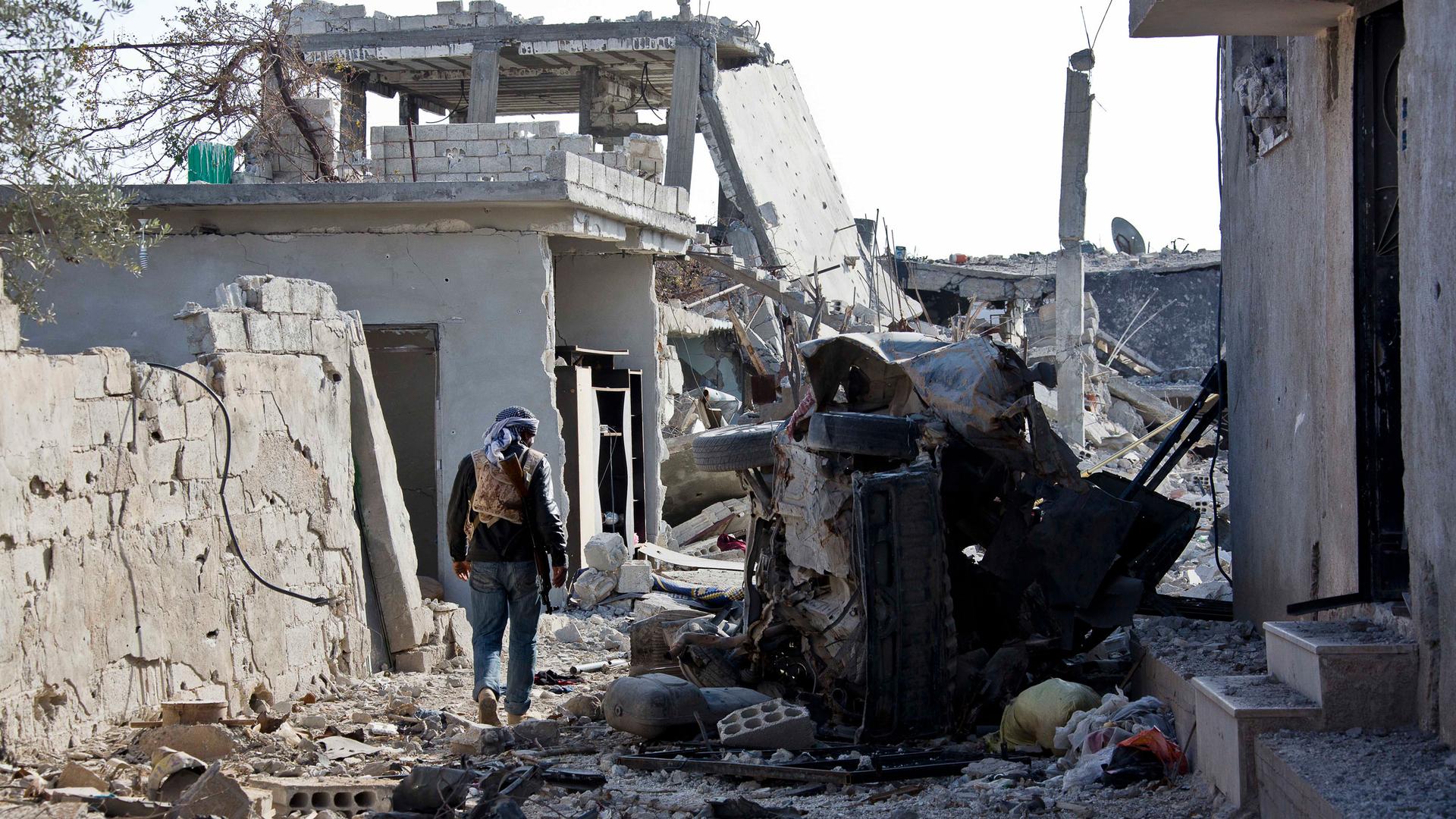This analysis was featured in Critical State, a weekly foreign policy newsletter from Inkstick Media. Subscribe here.
A rebel alliance can be self-explanatory, the purity of rebellion enough to cohere together a popular insurgent front. But, in the messiness of real life, the messiness of rebellion is a hobbling force, with ideological divisions keeping apart factions that should, by all appearances, be natural allies.
In “Same Same but Different? Ideological Differentiation and Intra-jihadist Competition in the Syrian Civil War,” Regine Schwab examines Ahrar al-Sham, one faction in the Syrian war, and what strategies it used to manage alliances among other rebel factions.
While violence is certainly one strategy rebel groups can employ against rival groups, it carries a high cost. For example, ammunition used against another rebel group can’t be used to fight the government both groups seek to topple. After all, ammunition is a scarce resource. Moreover, killing fighters of another rebel faction also depletes strength.
“Differentiation also has consequences for other audiences such as local civilians, prospective recruits, and external supporters,” Schwab writes.
“Local civilians suffer from rebel infighting as they might get into the crossline or be consciously targeted. Hence, they should prefer nonviolent ways of managing conflict. When groups take a large ideological distance from each other, it is easier for prospective local and foreign recruits to choose their preferred group. While nonstate external sponsors might prefer to support the most radical rebel outlet, state sponsors often choose a more moderate option.”
In Syria, ideological differentiation proved a valuable strategy for Ahrar al-Sham, especially as ISIS occupied a radical extreme of the spectrum. For people looking to combat the Assad government but not driven to the same hardline rules and beliefs as ISIS, Ahrar al-Sham was a path into the fight.
In parsing out how groups occupy ideological space, Schwab sets out two axes: a territorial perspective and a social-political outlook. Territory ranged from national or those seeking to limit the war to smaller geographic confines, and transnational, like ISIS’s vision of Syria and Iraq as both under one rule.
On the pragmatic end of the social scale, Schwab writes, “groups prefer integration with society and see fitna (civil strife) as detrimental to their cause. Hence, they are willing to work with actors that do not share their creed.” This is in contrast to purist groups, which took an expansive definition of takfir or declaring other Muslims “infidels.”
Ahrar al-Sham was able, especially in 2013-2014, to differentiate itself from ISIS by emphasizing its nationalist credentials and broader ideological umbrella. However, this was not a particularly moderate vision, as al-Sham regularly proclaimed Afghanistan’s Taliban as the model for its desired program. Yet, those same moves left it vulnerable against Hayat Tahrir al-Sham, which after the fall of ISIS, was able to supplant Ahrar al-Sham as the main rebel force in the country.
“By analyzing the puzzling case of Ahrar al-Sham that emerged both as a winner and a loser of intra-jihadist competition in Syria, the paper finds that ideological differentiation is used when military constraints or ideological similarity preclude the initiation of violence against rivals,” Schwab concludes.
Related: Random rules: Part I
Critical State is your weekly fix of foreign policy analysis from the staff at Inkstick Media. Subscribe here.
